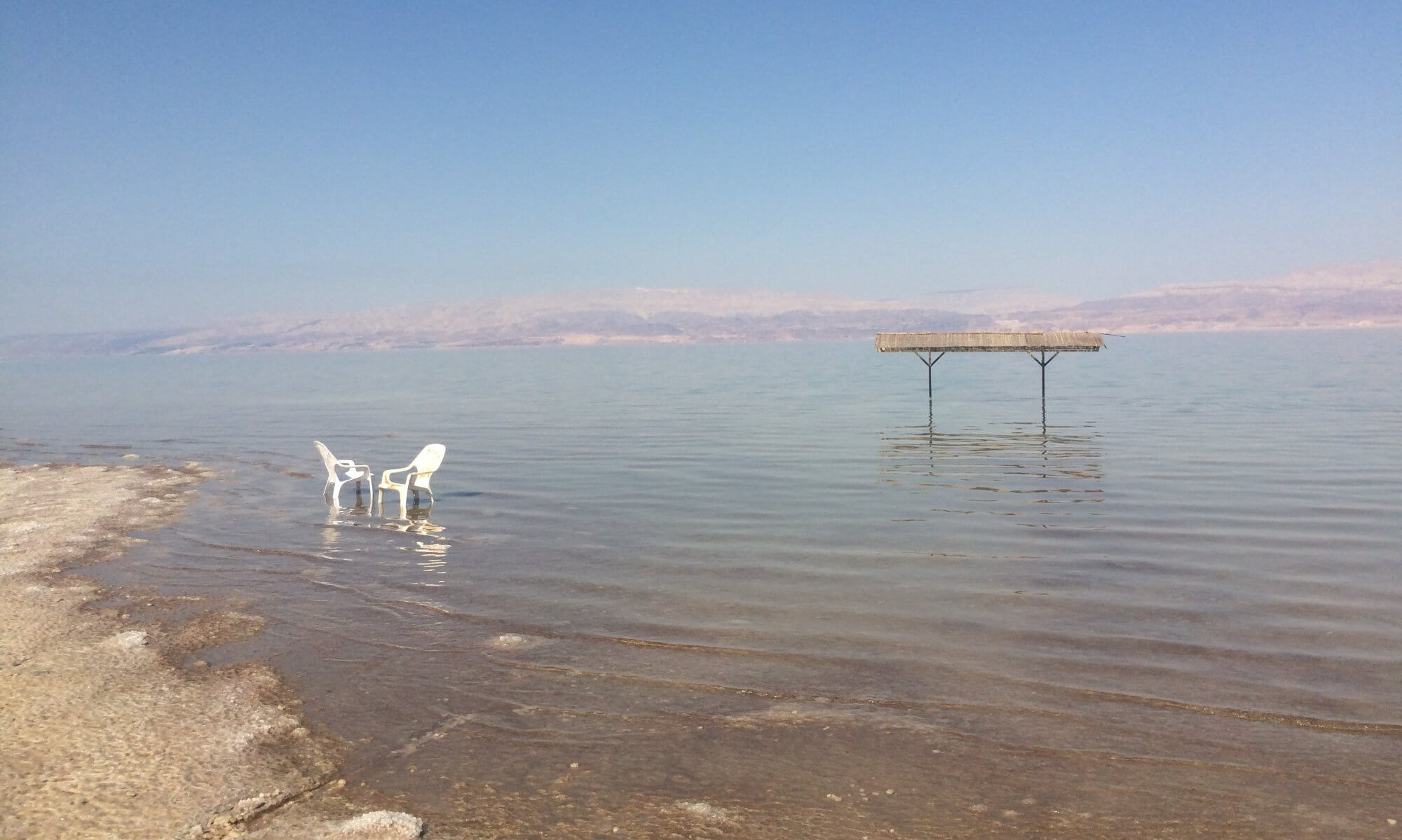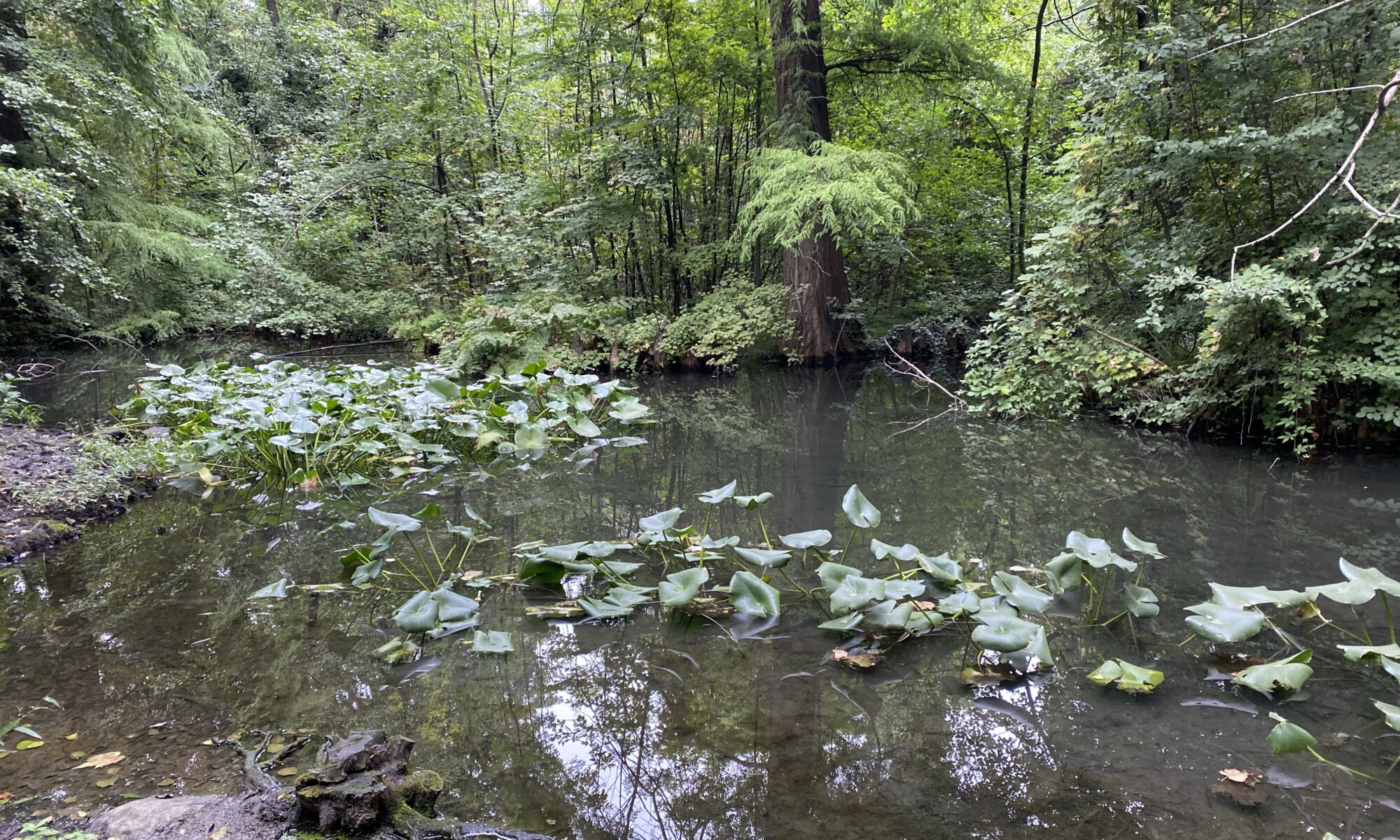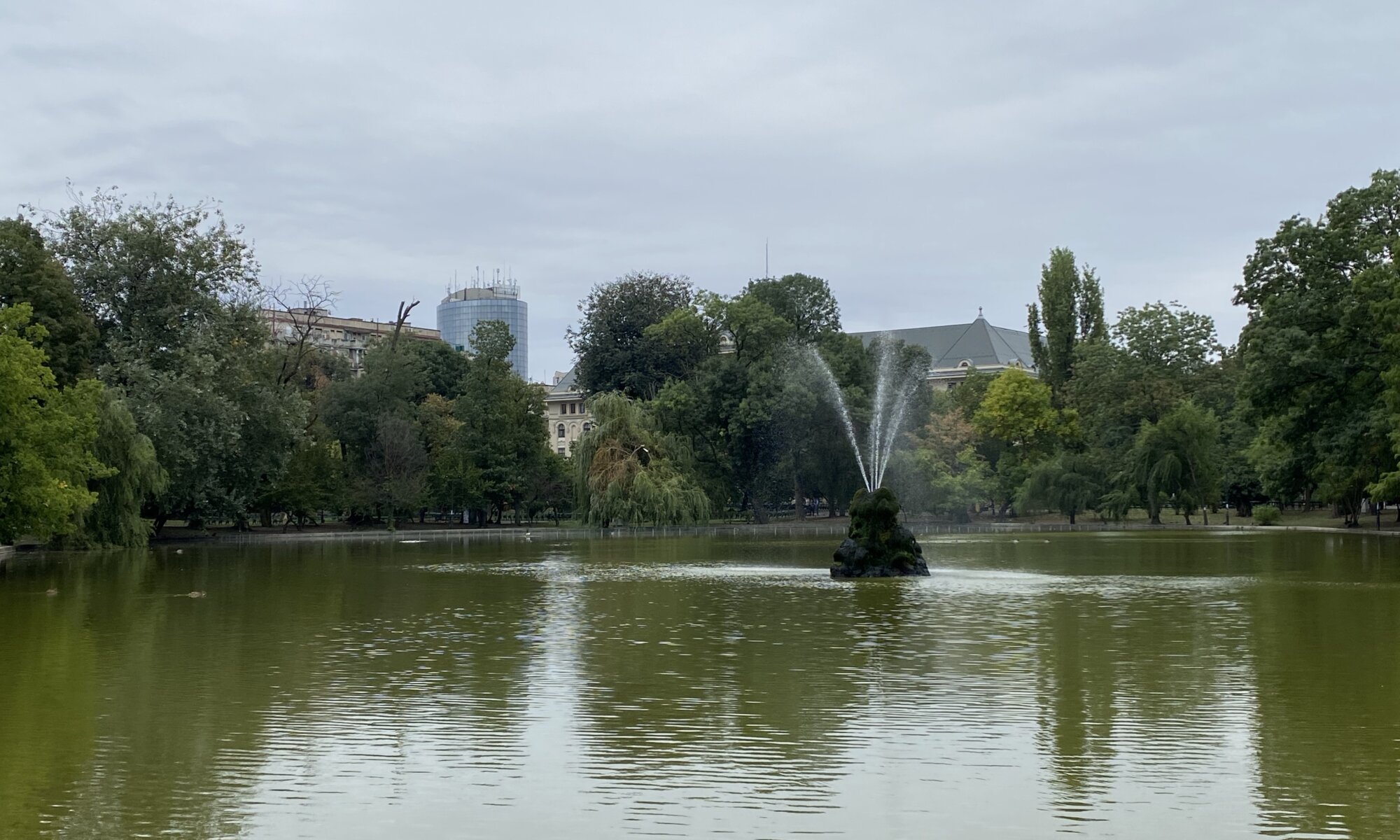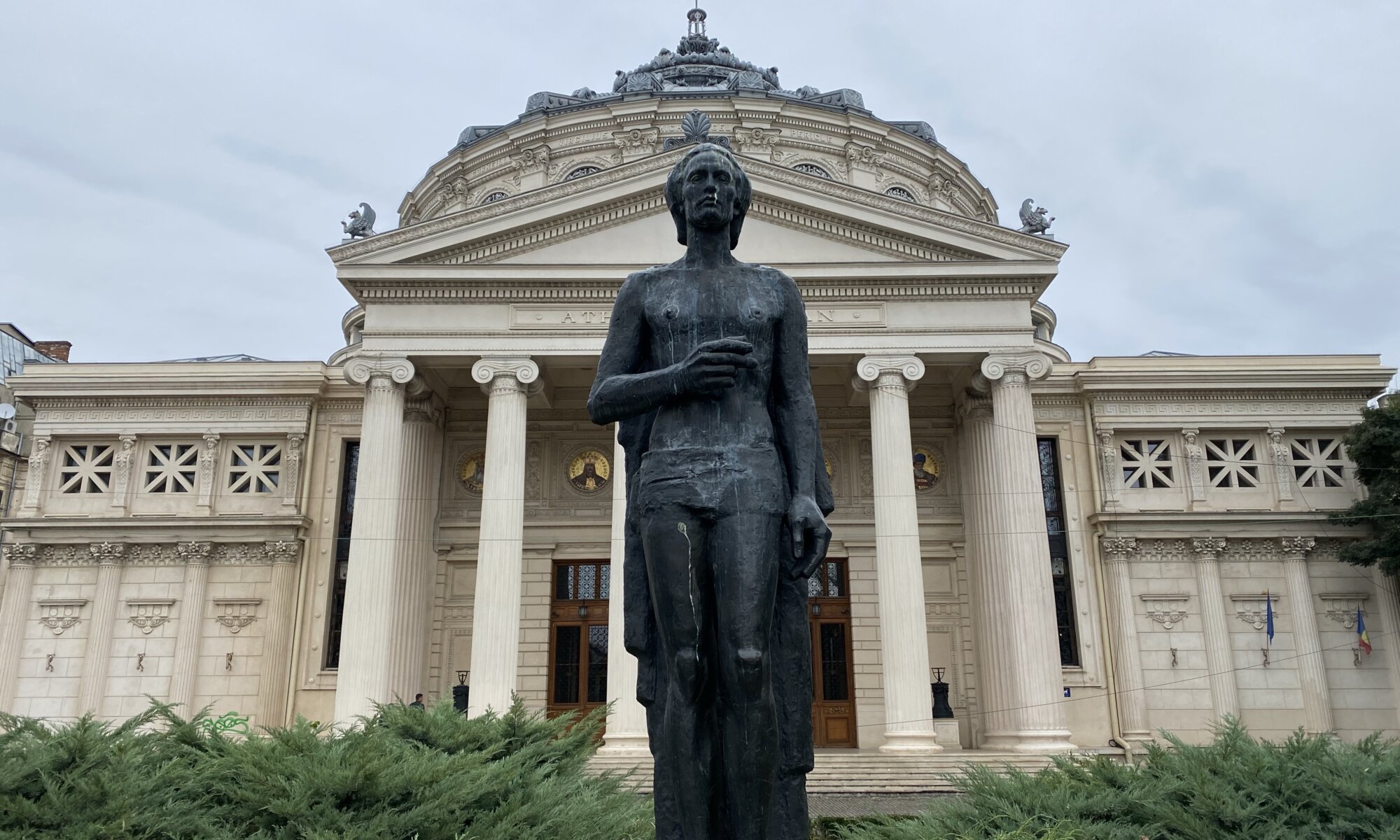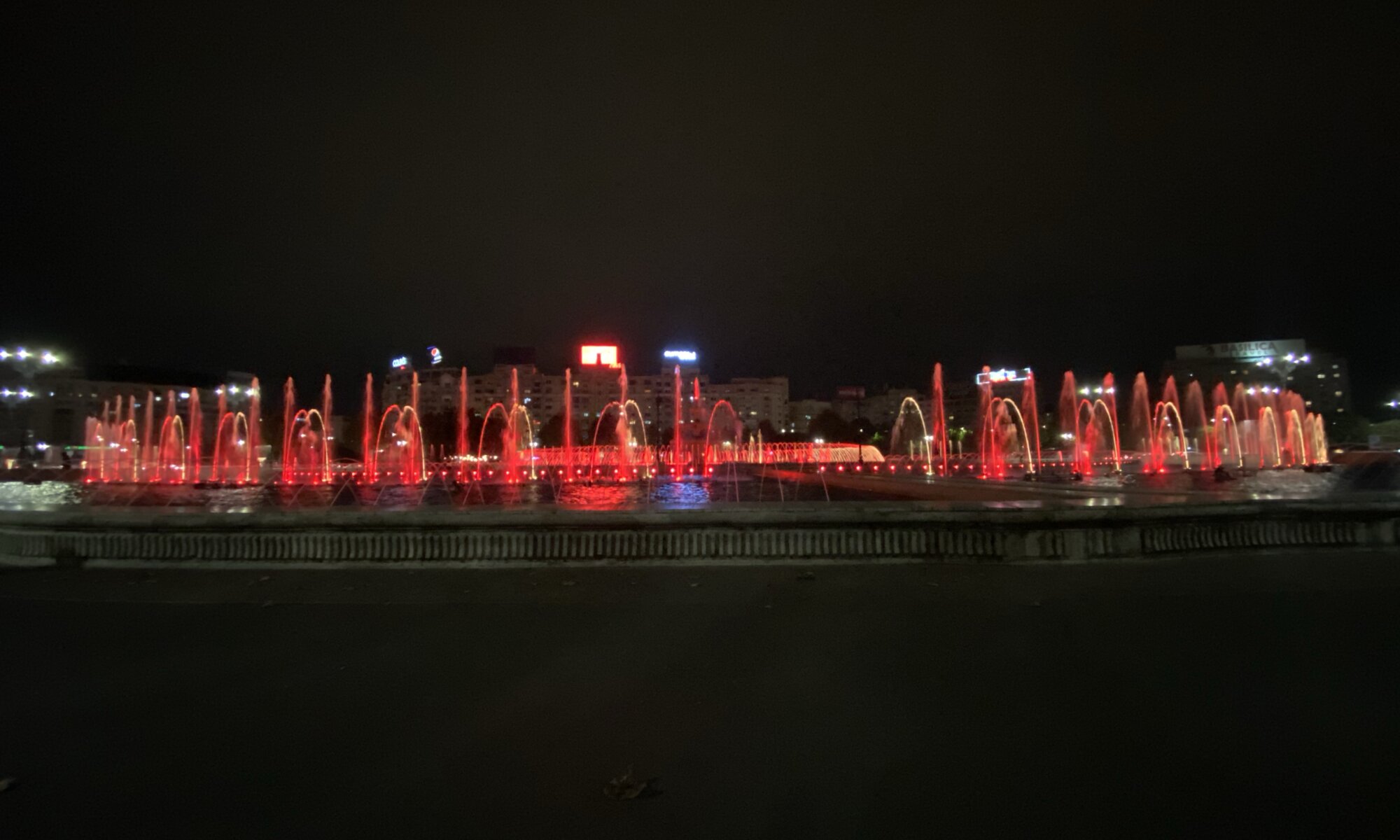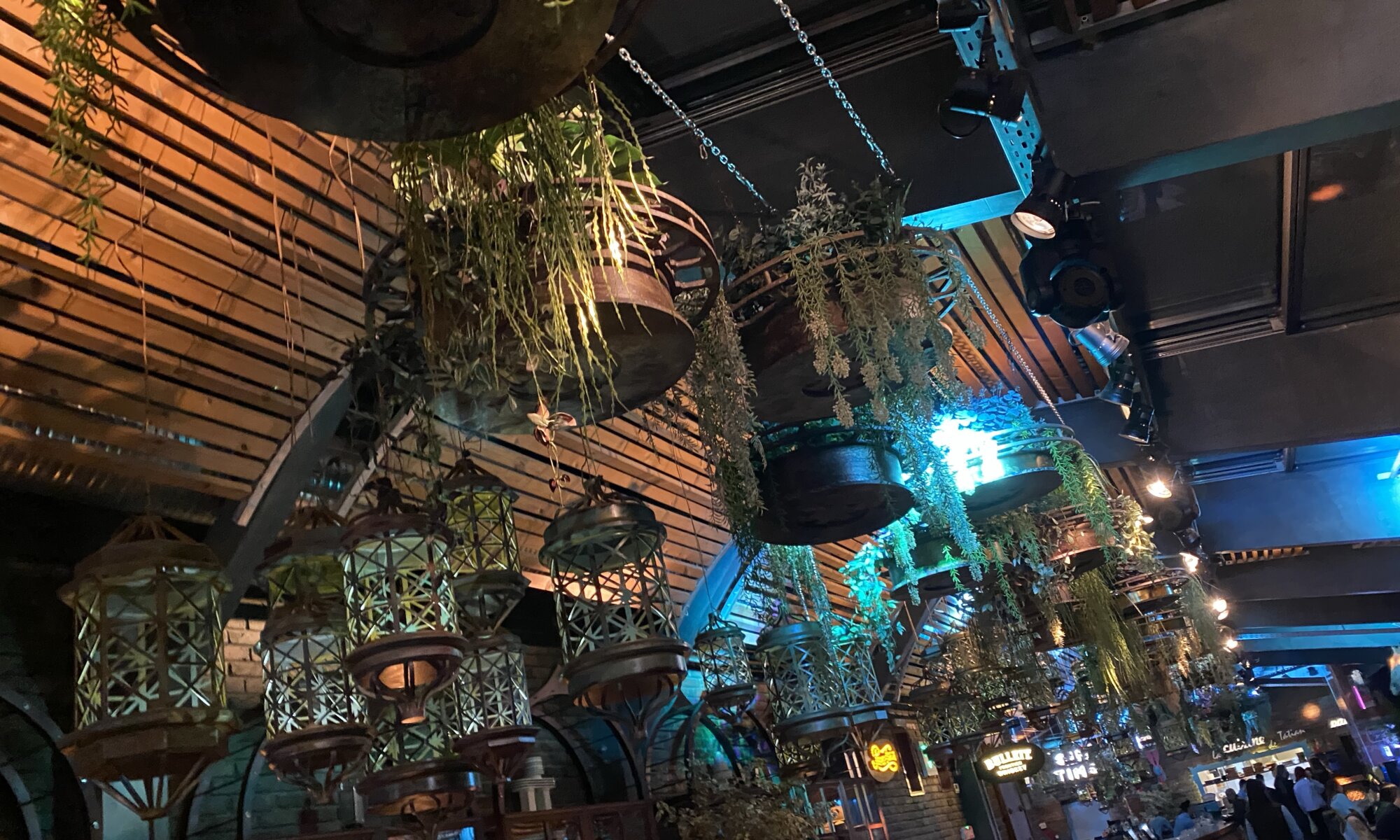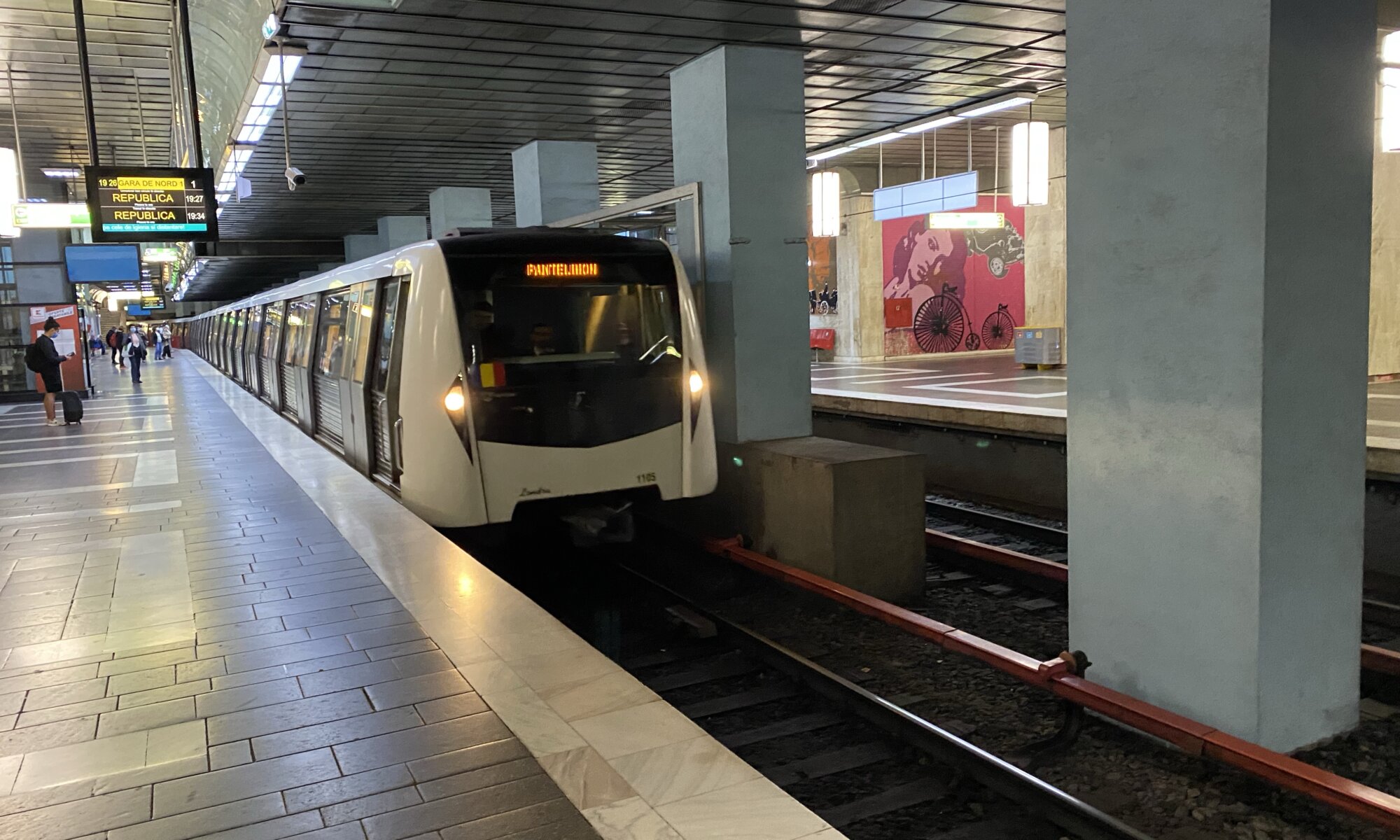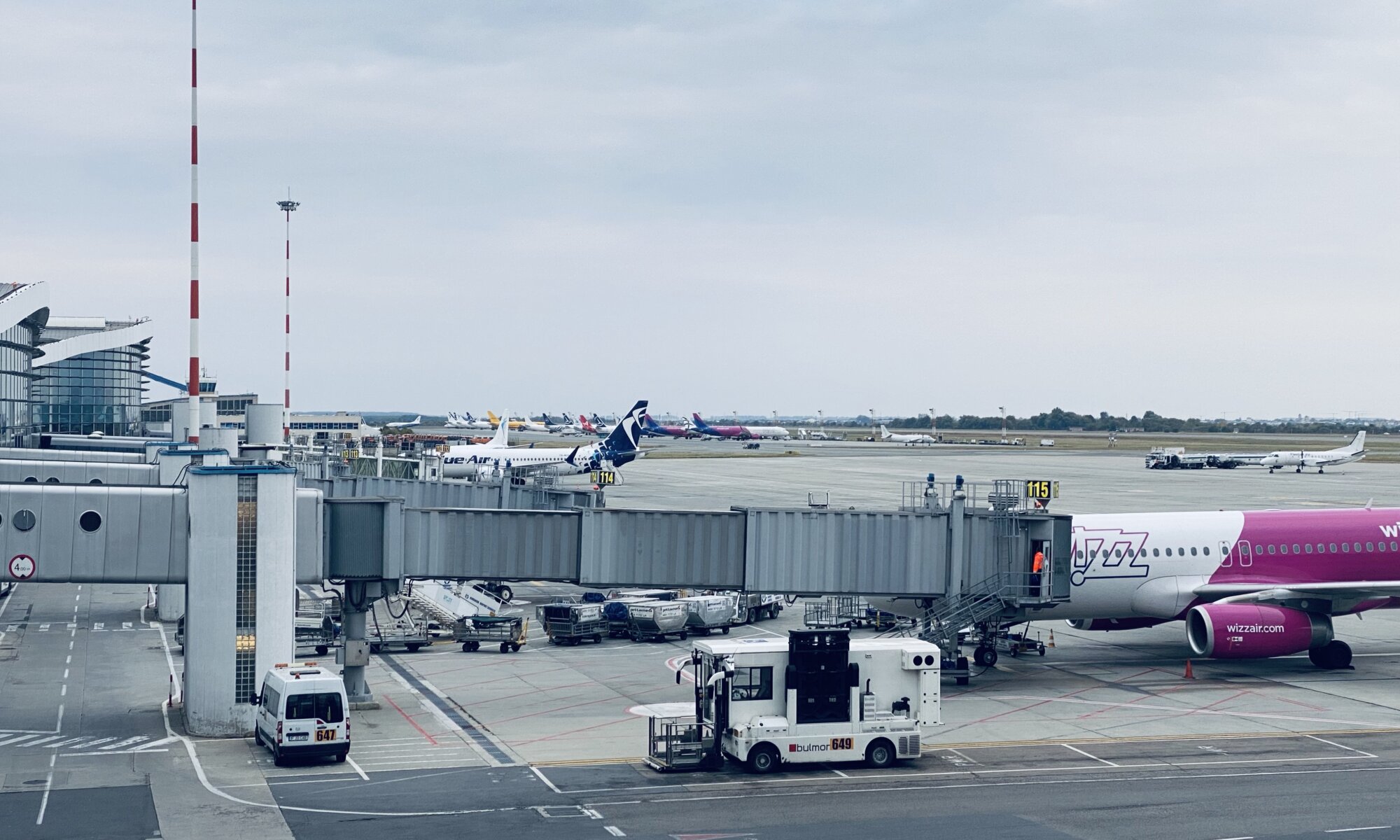If you get to the botanical garden of București and rate it with a western European scale in mind, you might be disappointed. In large parts it rather looks like a public park than a botanical garden. The vast Grădina Botanică was created in 1884 and was partially destroyed in both World Wars.
Continue reading “Grădina Botanică”Palatul Parlamentului
The palace of parliament is one of the biggest buildings in the world by space. It was built between 1983 and 1989 by order of the dictator Nicolae Ceaușescu. To create it historical buildings containing 40,000 flats and a dozen churches were destroyed. The building costs were around 40 % of the gross national income of the country.
Continue reading “Palatul Parlamentului”Grădina Cișmigiu
If you need to withdraw from the hustle and bustle of the city for a while, the Grădina Cișmigiu might be your place of choice. It was the first garden created in București (in 1860) and includes a long-stretched lake and a lot of alleys to walk through. The trees have been partially imported from Vienna by the German garden engineer who designed this oasis.
Continue reading “Grădina Cișmigiu”Ateneul Român
The capital city of Romania is full of ancient buildings that are beautifully illuminated at night. One of these is the Romanian Athenaeum, a concert hall built between 1885 and 1888 by a French architect. It is one of the most important concert halls in Europe an seat of the philharmonic orchestra of București.
Continue reading “Ateneul Român”Piața Unirii
The union square is one of the biggest places at București, Romania. It breathes the spirit of socialist times and was in former times a giant marketplace. People from all of Walachia came here to sell their goods. A reminder of these times is the restaurant Hanu’ lui Manuc north of the square where foreigners could eat and rent a room. Still today a lot of shopping malls are surrounding the Piața Unirii.
Continue reading “Piața Unirii”Nomad
I like to end my days in sky bars with good views on the city I’m currently visiting. During the coronavirus pandemic this also became a security factor as the infection risk is much lower in open spaces. At București there is unfortunately no such place on a high building, but at least there is the Nomad Skybar at the heart of the old city center.
Continue reading “Nomad”Local transport
București has a good mix of public transport options: the metro, trolleybuses, buses, tramways. The easiest way is to use the metro system consisting of four lines: M1 (yellow), M2 (blue), M3 (red), M4 (green). Just choose the right line and the correct direction (final stop) and you’re ready to go. It gets a bit confusing with stations like Dristor 1 and 2 (which are not remarkably close to each other) but it’s the fastest and simplest way.
Continue reading “Local transport”Aeroportul Internațional Henri Coandă
The international airport Henri Coandă is a medium-sized airport and the biggest hub of București, Romania. It was formerly called Otopeni and therefore it carries the airport code OTP. The airport was opened in 1968, has two runways and one terminal; it is named after Henri Coandă, a Romanian physicist and flight pioneer.
Continue reading “Aeroportul Internațional Henri Coandă”